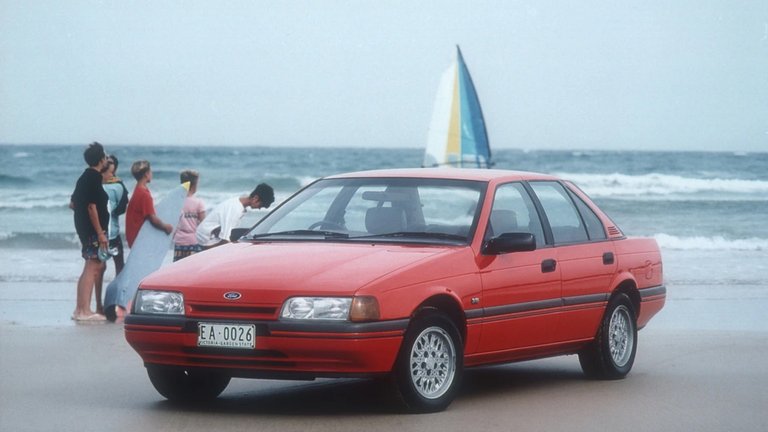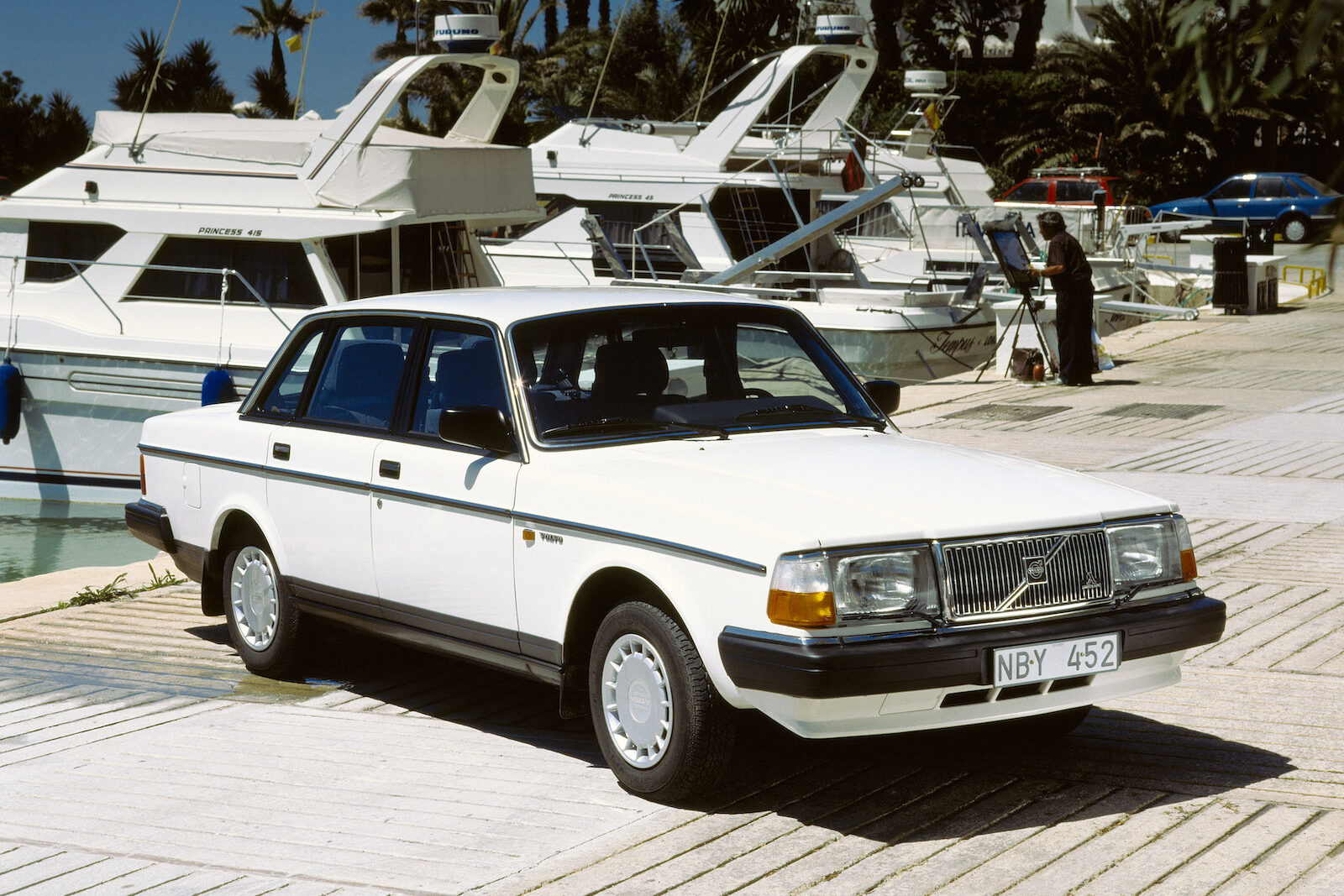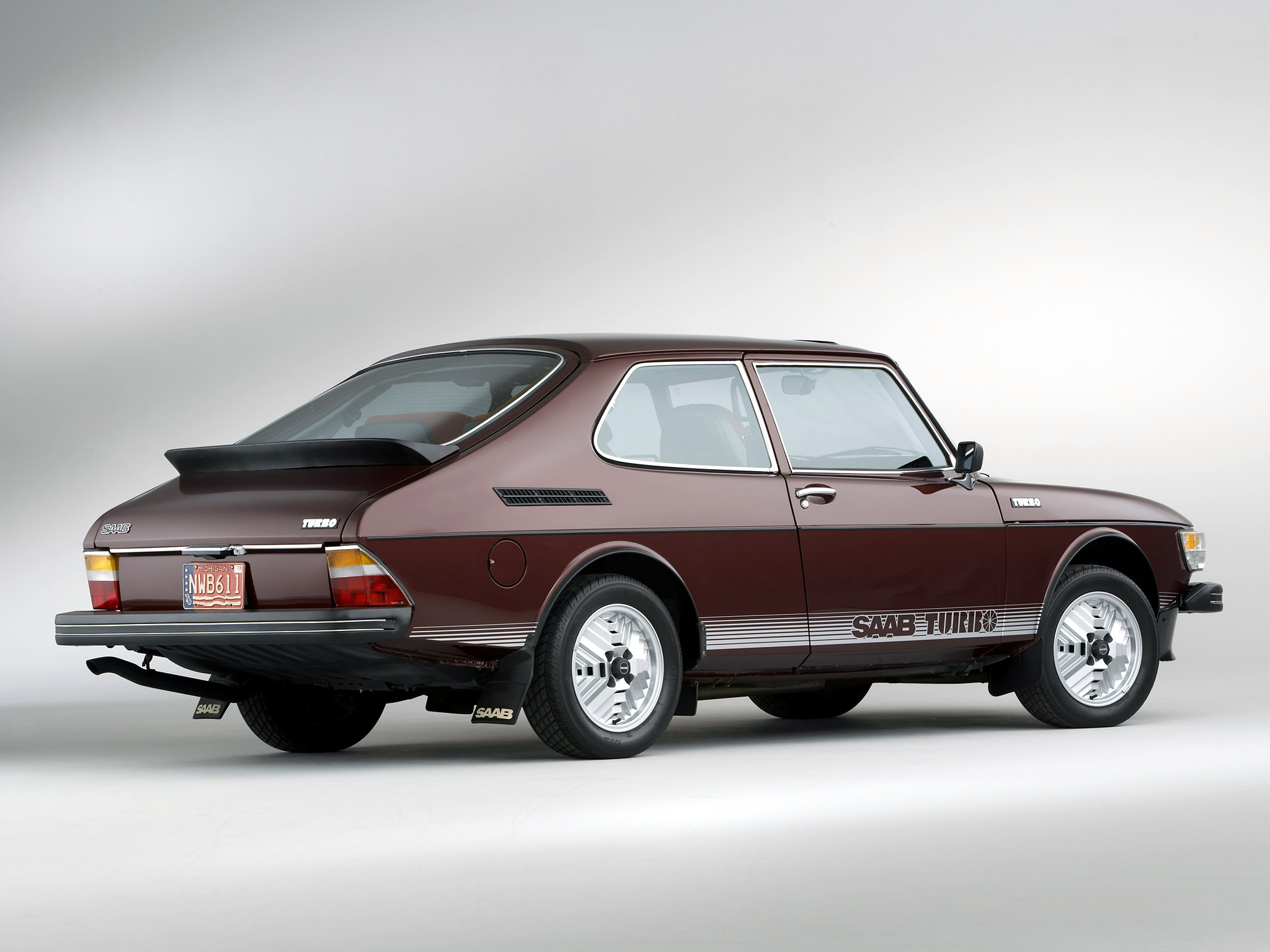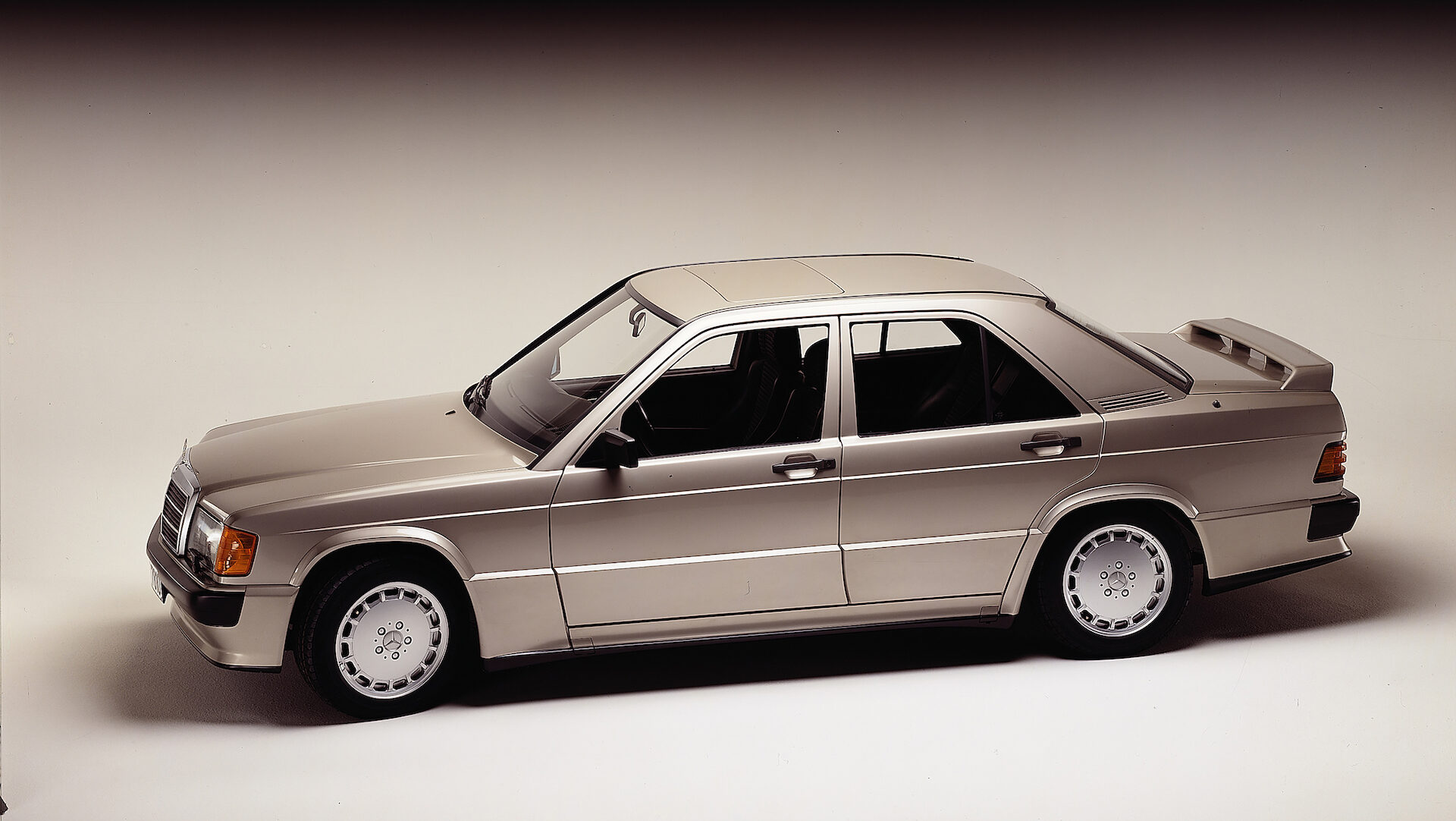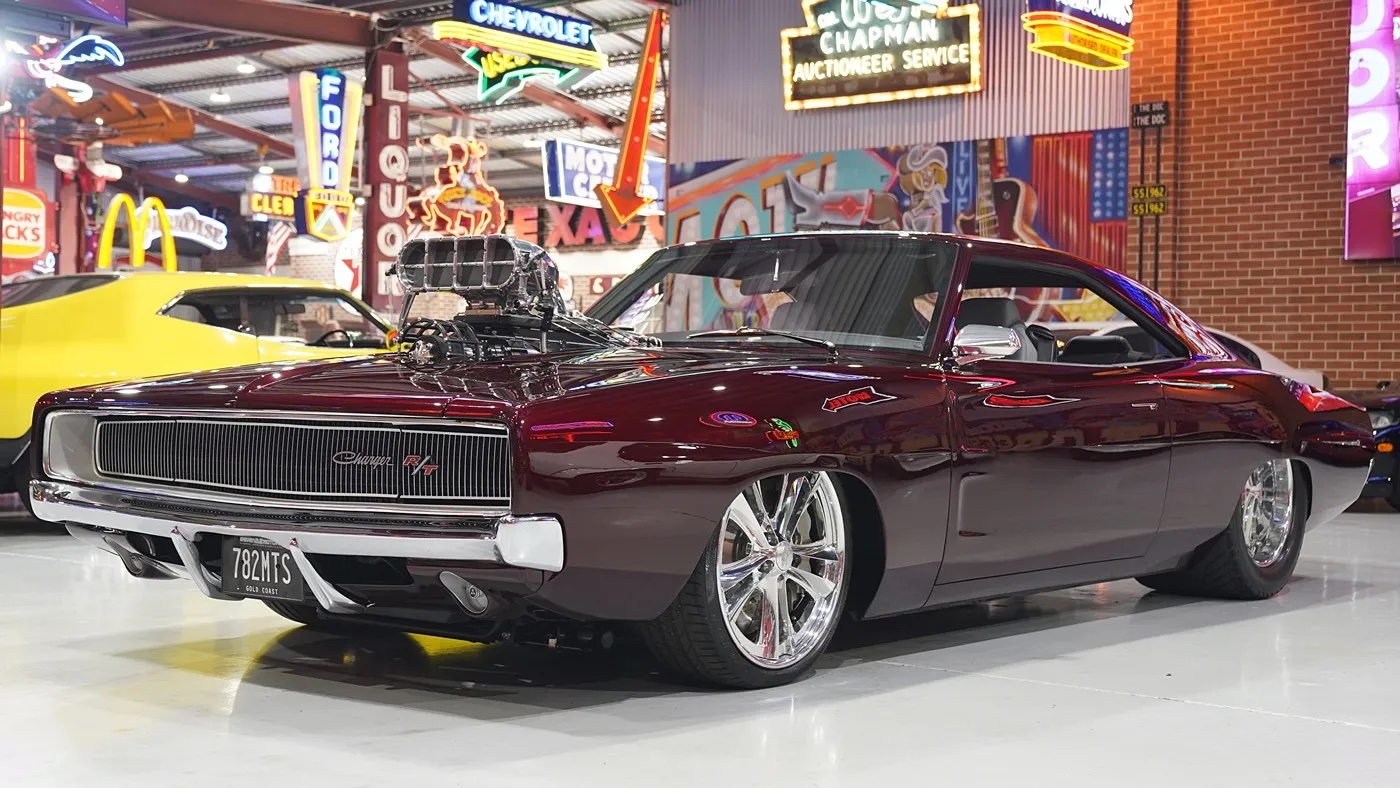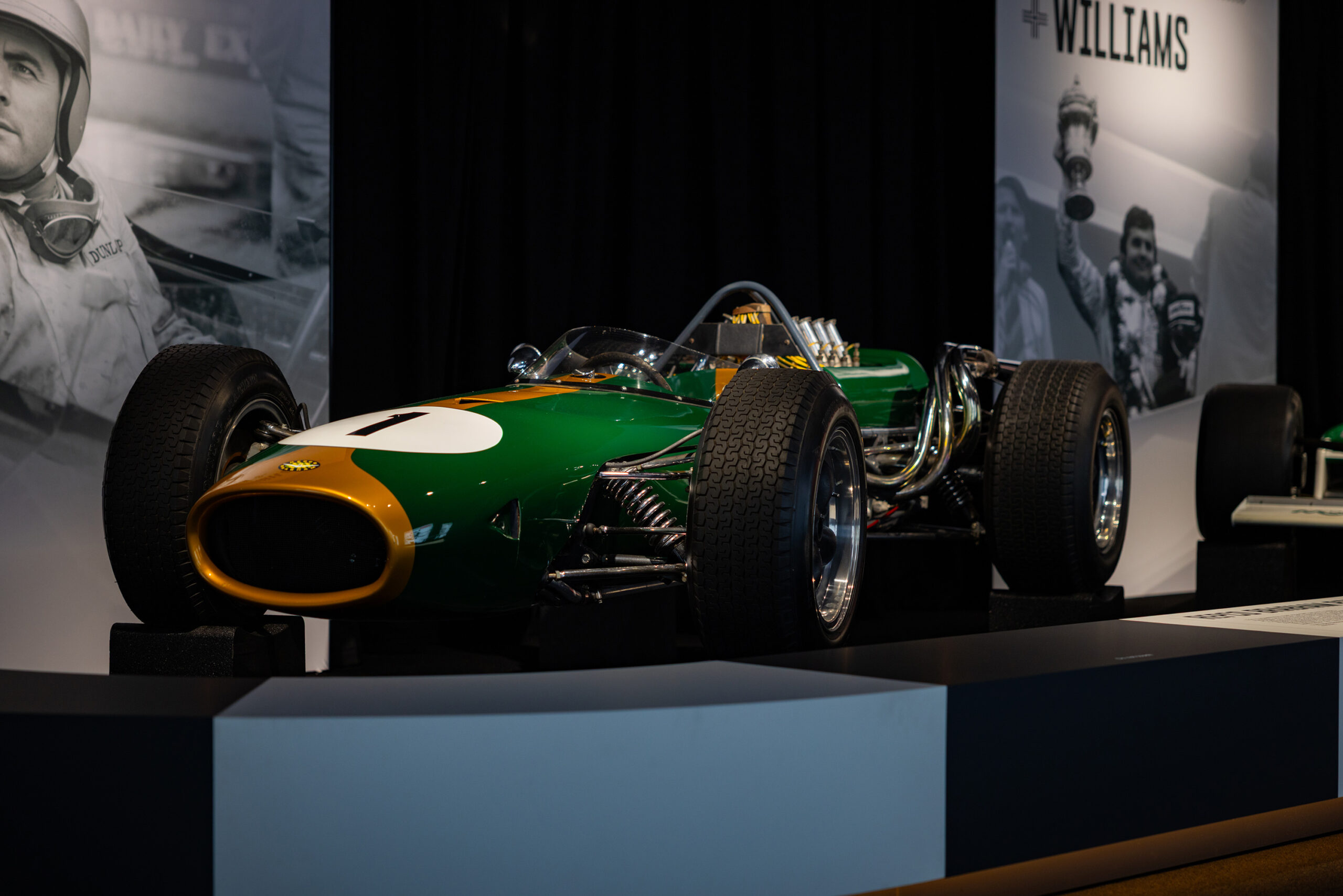At a time when Holden had decided to downsize, Ford’s decision to retain a big-bodied Aussie family car with the EA Falcon proved to be a masterstroke
Ford’s fifth-generation Falcon, the EA series, represented the biggest march forward in the Aussie Ford’s history. But quality problems put a stumble in its step.
Through a combination of prescient product planning and plain old good luck, Ford Australia navigated the turbulent decade that was the 1980s impressively well.
Its decision to retain a big-bodied Australian family car after the fuel crises of the 1970s – when rival Holden chose to downsize – proved a masterstroke, ensuring strong sales and the money to develop the next generation of Aussie Falcons for the 1990s.
The result was the EA Falcon, the spearhead for Ford’s fifth-generation of big Aussie cars, which landed in showrooms from early 1988.
Like its predecessors, the EA Falcon was designed to cater for as wide a proportion of the Australian populace as possible, and was offered in family and fleet-friendly sedan and wagon guises, plus the more luxurious, longer-bodied derivatives Fairlane and LTD.
There was no EA-based ute or panelvan, with Ford instead relying on the carryover XF-based models to continue fulfilling its workhorse requirements.
Under the good-looking, wind-tunnel-refined EA body, the Falcon was an almost all-new design, with little more than the rear axle and suspension remaining from the previous fourth-generation series, which had begun with the XD in 1979 and ended when the XF bowed out to the EA.
Unfortunately, the EA’s beauty was only skin deep and underneath its handsomely styled body the new Falcon suffered significant quality and reliability issues, forcing Ford Australia and its dealers to pedal hard to work out the various problems.
The EA Falcon Range
The EA Falcon range opened with the GL sedan and wagon, around 40 percent of which were sold into company and rental fleets. But the GL also made for a good, affordable family car and many ended up becoming exactly that once their fleet stint ended.
Above the GL was Ford’s by-then familiar model range of S, Fairmont and Fairmont Ghia sedans and wagons.
Under the bonnet, the EA debuted an almost all-new OHC six-cylinder engine design with two capacities and three levels of performance. The big-selling Falcon GL’s standard engine was a 3.2-litre inline six-cylinder with an iron block, alloy head, overhead camshaft and central fuel injection. The latter comprised manifold-mounted fuel injectors feeding the six cylinders and helped the engine develop a modest 90kW at 4000rpm and 235Nm at 3250rpm.
The Fairmont came with a larger capacity 3.9-litre inline six that developed a heartier 120kW at 4250rpm and 338Nm at 3500rpm. This engine was also optional in GL and many were so equipped – in fact the 3.2 was soon deleted.
%20'1988%C3%A291-1024x768.jpg)
The EA Falcon range opened with the GL model which was largely taken up by fleet buyers before being sold-off to those looking for a good, affordable family car
In the absence of a V8, Ford’s premium engine for Ghia (and optional for Fairmont and Falcon S) was a multi-point fuel-injected 3.9-litre six-cylinder that summoned a more spirited 139kW at 4250rpm and 338Nm at 3500rpm.
The auto for all three six-cylinder engines was a three-speeder, with the EA’s intended four-speed unit eventually arriving late to the party in 1989.
Underneath, the EA featured a fresh layout of double wishbone front suspension and power rack and pinion steering. The sedan’s rear suspension comprised a beam axle with coil springs, located by a Watts link and upper and lower control arms. The wagon retained a beam axle and leaf springs.
An under-dash handbrake remained to accommodate the family-friendly bench front seat option, creating a genuine six-seat sedan and a six- or eight-seat wagon (the latter requiring a dealer-fit cargo area seat).
While some buyers may have seen the handbrake as a minor drawback versus the rival Commodore’s more ergonomic floor-mounted unit, Ford countered by offering tilt- and reach-adjustable steering which the Holden didn’t have.
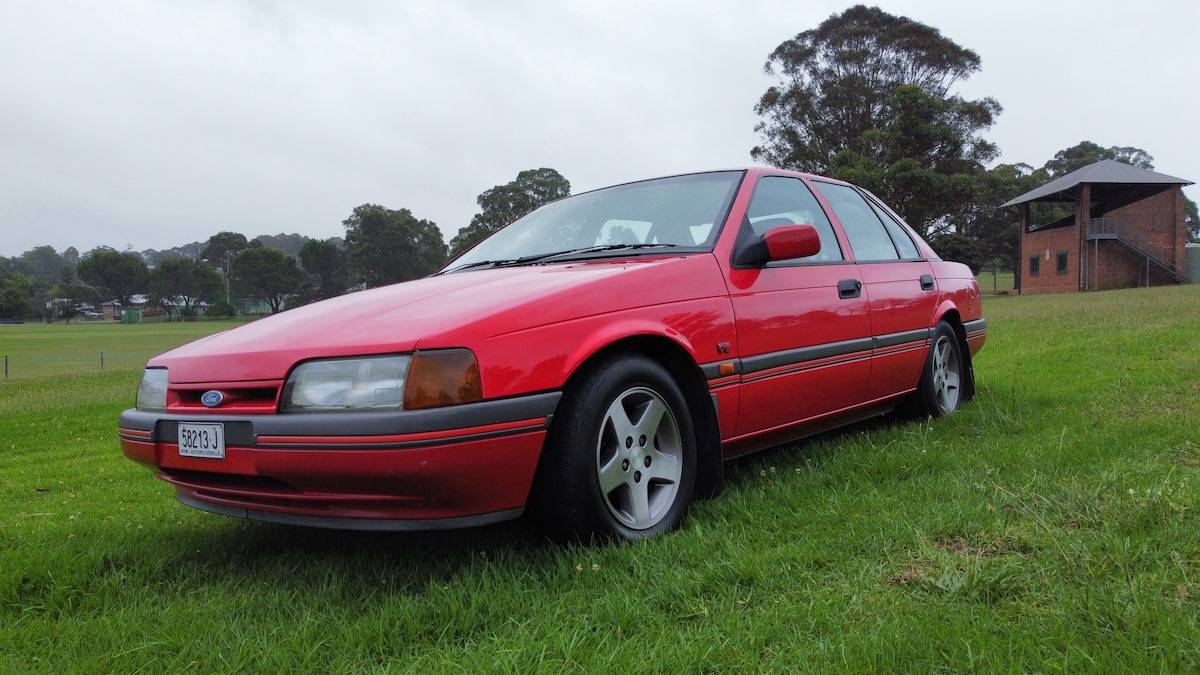
The EB Falcon saw the return of a V8 engine option with the S-XR8
The EB Falcon Arrives and the V8 is back, baby!
Ford’s update for the EA Falcon, the EB, arrived in the winter of 1991, introducing a V8 option across the range and a new model, the S-XR8.
Compared with the EA, the EB Falcon debuted only minor styling changes such as side indicators and the Blue Oval badge relocated from the bonnet to the grille. Firmer suspension specs for EB made quite a difference when new, as did revisions to geometry and alignment.
Also aiding in the ride and handling departments was the base GL moving to wider 195/75R14 tyres on 6.0-inch rims versus the EA’s 185/75R14 on skinny 5.5-inch rims, a change that improved the car’s dynamics and helped reduce tyre wear.
While the S-XR8 was the hero car of the EB range, another highlight was the Fairmont Ghia which came with Ford’s new sports seats and suspension, giving it what the marketing department described as a ‘premium sports’ character.
For the EB2 update of 1992, Ford replaced the two 3.9-litre engines with a single, improved version of the multi-point inline six. With its capacity now expanded to 4.0-litres, power and torque were boosted to a healthier 148kW and 366Nm.
This new engine was the standard offering in the mainstream Falcon models, including the base car which was rebadged as the GLi.
However, Ford Australia’s new performance off-shoot Tickford Vehicle Engineering developed an even more potent version of the 4.0-litre for a sporty new model dubbed the S-XR6.
The big news on the safety front with the EB2 was the introduction of optional ABS (anti-lock braking system), a development that was lauded at the time but today seems rather quaint.
%20'1991%C3%A293-1024x768.jpg)
Ford Australia’s performance off-shoot Tickford developed a high-performance 4.0-litre for the EB S-XR6, while also producing this 250-unit, V8-powered GT model
Ford’s ED Falcon Introduces Sporty New XR Designation
The last hurrah for the attractive body shape introduced with the EA was the ED Falcon, which arrived in mid-1993. Mechanically, the ED was largely a carryover model with small but worthwhile changes to things like door handles and window rubbers.
The Futura badge was also dragged out of retirement for the ED and introduced to flesh-out the model range in the face of competition from Holden’s new VR Acclaim.
But arguably the most memorable thing about the ED Falcon is the fact it introduced two new ‘XR’ models – now named simply XR6 and XR8 – with their distinctive quad-lamp front-end.
The newly minted XR badge cast a long shadow and would go onto be synonymous with performance Falcons for the next 23 years.
In the next instalment: How Ford Australia’s belated response to Holden’s fuel-injected V8-powered VN Commodore kick-started the greatest-ever era of Aussie performance cars.
%20'1993%C3%A294-1200x848.jpg)
The ED Falcon’s most memorable change was the new quad-lamp fascia for XR6 and XR8 models

